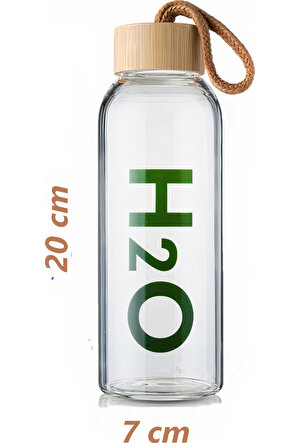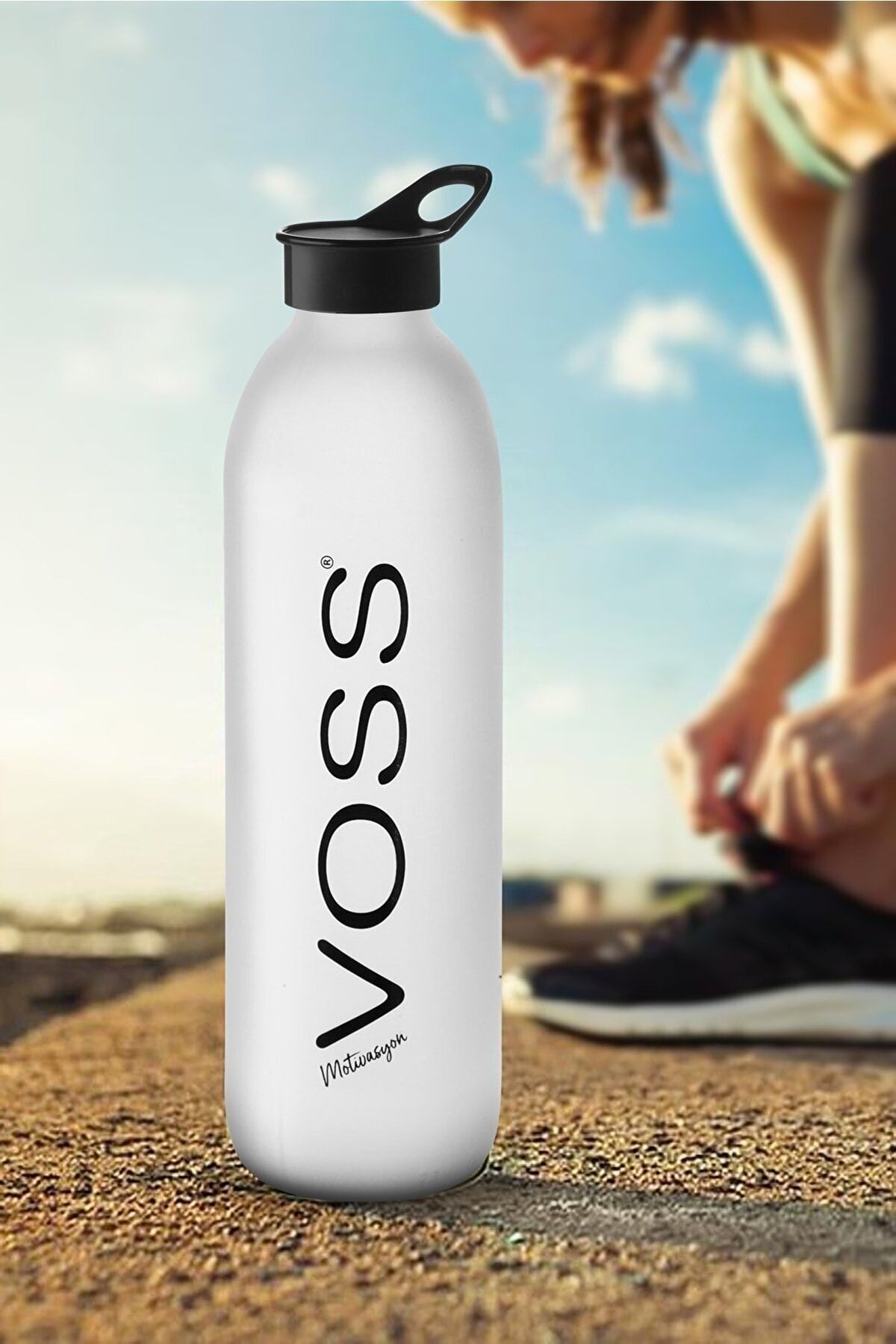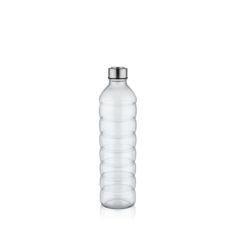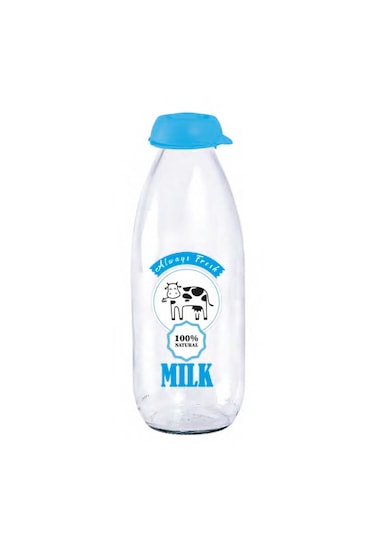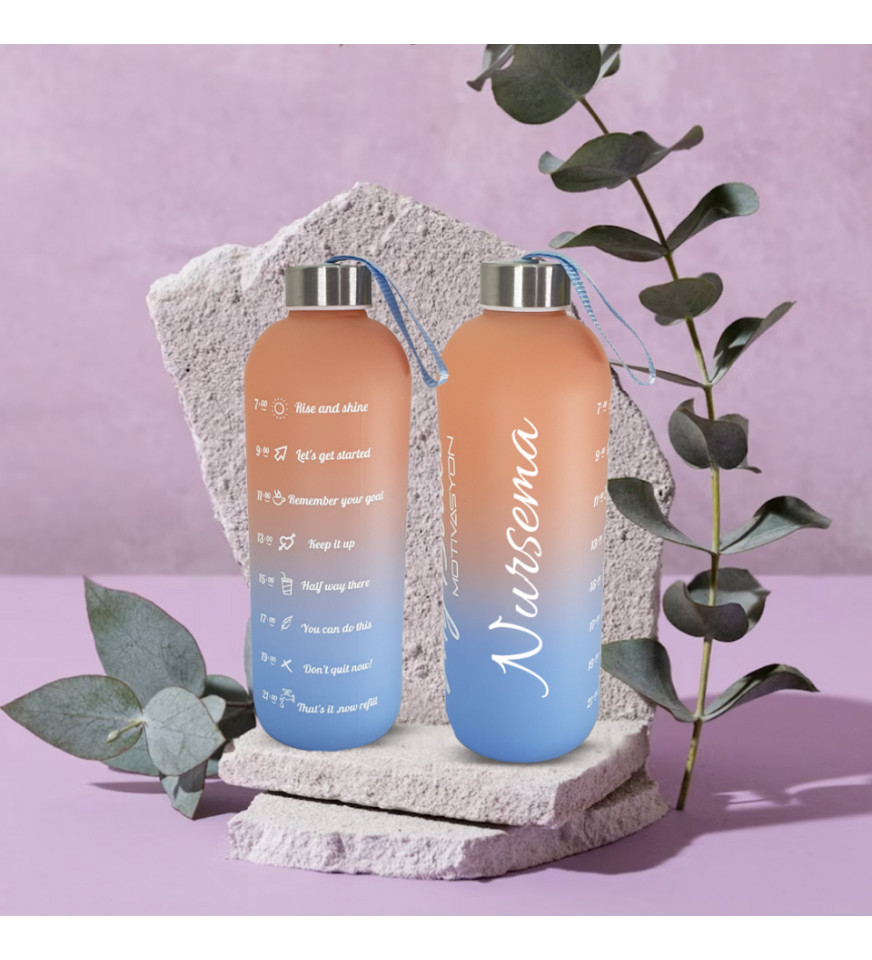
T&N Cam şişe 1 litre – Su şişesi cam 1 l neopren kılıflı – su şişesi 1000 ml sızdırmaz – kalın borosilikat camdan cam içecek şişesi, ince tasarım : Amazon.com.tr: Spor ve Outdoor

Çt Çeyizci Tekstil 1 Litre Sporcu Cam 1lt Su Şişesi Motivasyonlu Sızdırmaz Matara Suluk | 58%'YE KADAR İNDİRİM | orologionetwork.it
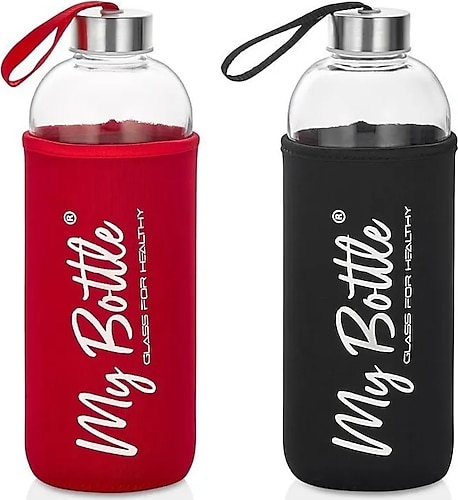
afifehome Cam Matara 1000 Ml Su Şişesi 1lt Mybottle- Yeni 1 Lt Matara Fiyatları, Özellikleri ve Yorumları | En Ucuzu Akakçe

Yes Hediyes 1 Lt Motivasyon Cam Su Şişesi & Matara Fiyatları, Özellikleri ve Yorumları | En Ucuzu Akakçe

Arsimo H20 Peluş Kılıflı Cam Su Matarası 1 Lt | Su Şişesi Kılıflı 1 Litre Gri Fiyatı, Yorumları - Trendyol


